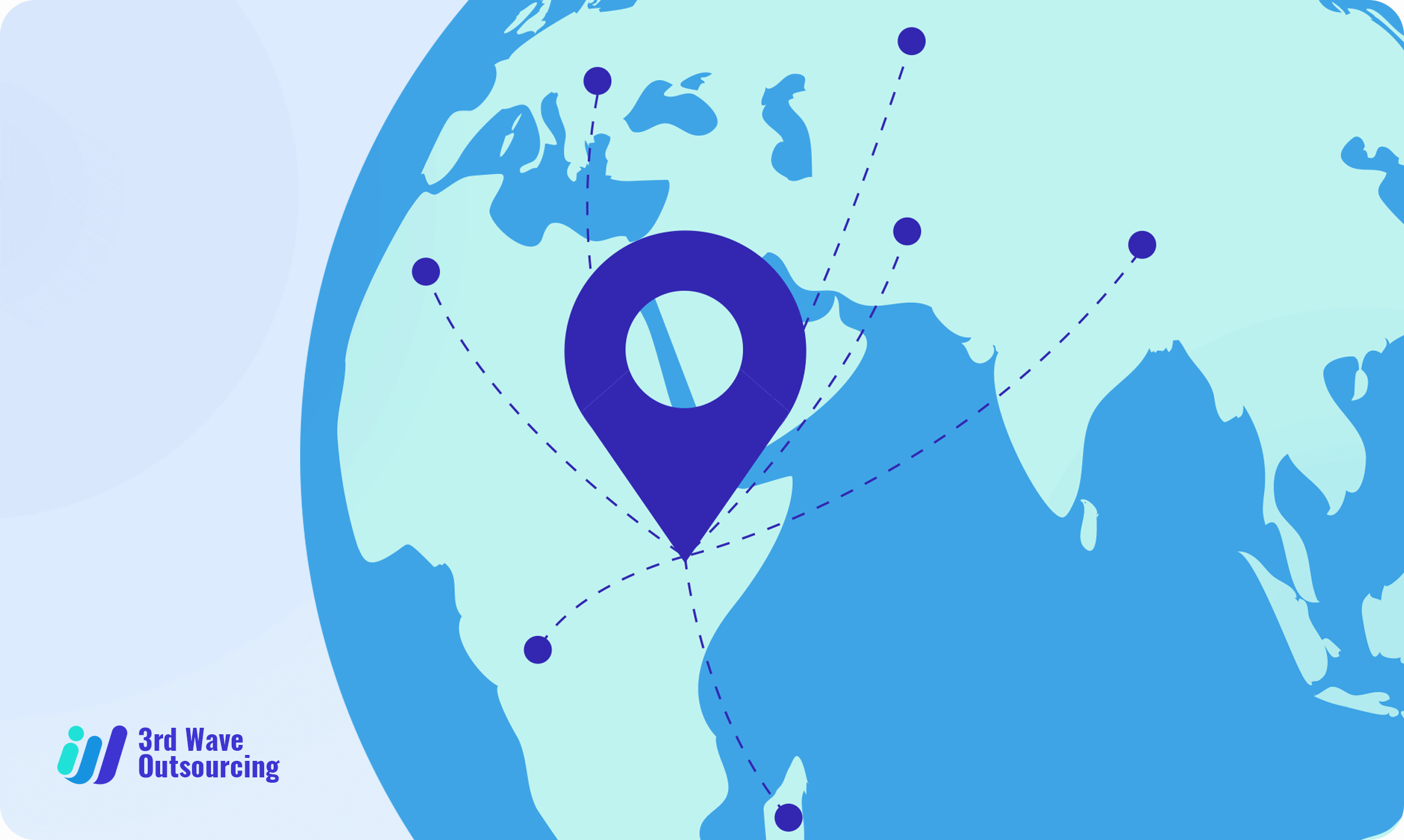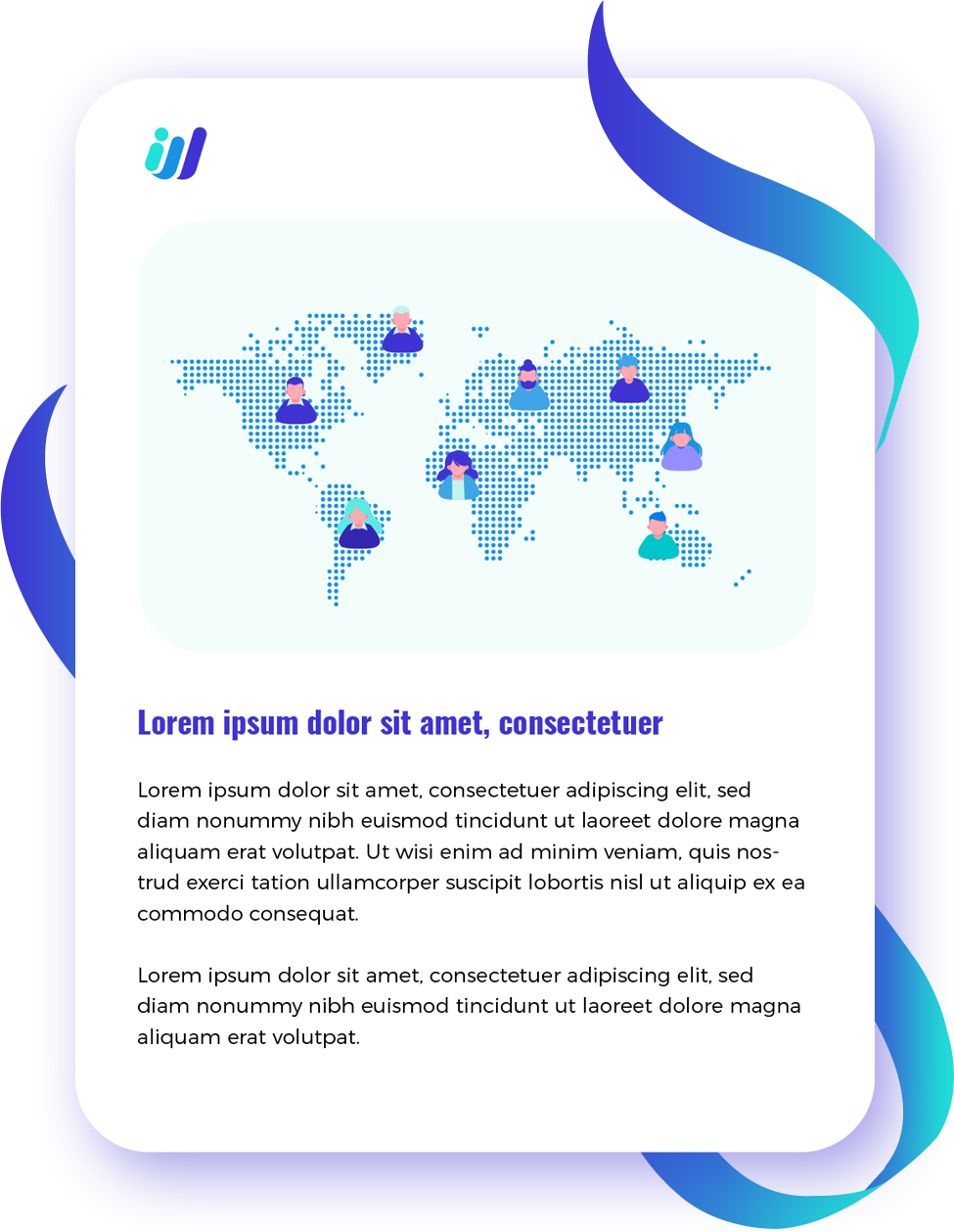Prior to 2020, the trade war between China and the United States created uncertainty and confusing messages about the benefits of a global economy. Nearshoring was being considered as a solution with caution. Then came the COVID-19 pandemic, which wreaked havoc on many companies’ supply lines, leaving them with idle plant floors, empty warehouses, and disgruntled customers. Companies are more likely to contemplate nearshoring part or all of their important supplies as a result of this disruption.
Nearshore outsourcing, in this sense, refers to an organization’s decision to relocate some business processes, such as its own manufacturing capability or a key supplier, to a country closer to the demand location for its manufactured goods. Nearshoring may entail relocating a supplier from China, one of the United States’ most important trading partners, to Mexico or Canada, the United States’ other two main trading partners. Furthermore, when considering a relocation from Asia, several European firms examine nations in Eastern Europe, such as Poland and Slovakia, which provide similar incentives to enterprises with a European manufacturing base.
Industry Insight on Nearshore Outsourcing
Nearshoring digital transformation projects is becoming the fastest route to success for today’s businesses given the great worker resignation and the tech talent shortage, says Carlos Meléndez, COO and Co-Founder of Wovenware.
According to an article in the Wall Street Journal, citing analysis by COMPTIA, in January 2022 employers posted close to 340,000 unfilled IT job openings, which was 11% higher than the 12-month average. The huge demand for software and AI expertise can be attributed to heightened demand for IT services brought on by the pandemic, but also a growing tech talent shortage that has been in the works for some time.
As a result, tech professionals are in the driver’s seat when it comes to increased compensation. According to a CNBC Make It news story, “U.S. tech workers earned an average salary of $146,000 per year in 2020, and it can go much higher in competitive markets like San Francisco or New York.”
According to a Gartner poll of 260 global supply chain leaders conducted in June 2020, 33% have moved or plan to transfer sourcing and manufacturing activities out of China in the next two to three years. U.S. imports of manufactured products from China fell by double digits from 2018 to 2019, owing in part to trade tensions between the two countries. As a result, imports from other nations have been reduced, while nearshoring supply to the Americas has increased.
It’s difficult and expensive to find qualified candidates for internal IT positions. Companies everywhere are now recognizing a dramatic shift in how work is conducted via distributed work models and they’re redefining what constitutes a team.
Companies have not only become more accustomed to managing off-site teams, but they are recognizing that they’re not losing productivity because of where team members are located. This led to the rise of nearshore outsourcing of IT services. Companies are seeing that nearshore partners were already adept at working remotely and becoming part of a distributed team long before COVID-19 hit.
In fact, according to the Accelerance 2022 Global Software Outsourcing Trends & Rates Guide, the general outlook for outsourcing is strong, and a projected five-year revenue growth streak in software application outsourcing is still on track. According to the firm’s research, 64% of IT executives say they need outside expertise for digital transformation initiatives.
From Low-Cost Alternative to Strategic Partnership
While the offshore model of outsourcing has been traditionally less expensive for companies than nearshore or onshore models, rates are increasing across all models of outsourcing as it becomes a viable solution to meeting IT goals and digital transformation initiatives. Even with the rising rates, outsourcing continues to be a lower-cost alternative to in-house software development given the rising cost of highly specialized professionals for in-house positions.
Nearshore increasingly is becoming the preferred outsourcing model because it provides the best of both worlds – lower costs than traditional tech hubs like San Francisco or New York (50% less expensive), but closer proximity and easier collaboration than far-flung regions like India or Asia.
So what can companies looking to fill key IT positions via the nearshoring route expect to pay? A general digital transformation development sprint, conducted over three to four weeks, could range from $25,000 to $30,000. The development of a basic chatbot to be used to automate customer service functions could average $15,000.
These types of one-off projects are one model, but there also can be more long-term partnerships where IT teams are comprised of internal and nearshore experts who assimilate into a long-term partnership for extensive digital transformation initiatives.
According to recent research, hourly rates for nearshore services vary widely depending on the role, but for a lead developer in Latin America, a company can expect to spend anywhere from $56 to $105 per hour on average.
The True Cost of Nearshore Outsourcing
Yet, while cost is important, companies that focus only on cost can do themselves a great injustice. Often, looking to cut corners, they can incur greater costs when projects are left incomplete or fail to meet end-user expectations.
And, when it comes to highly regulated industries, such as government and healthcare, privacy and compliance to industry regulations become critical and can incur hefty fines and loss of brand reputation when mistakes occur because of less than stellar partners.
The relationship between a nearshore firm and its client has changed drastically. The job no longer goes to the lowest bidder because companies are looking for a strategic partner with qualified team members willing to blend seamlessly into the internal team.
Given the changing relationship, below are key considerations that should factor into any decision about selecting a nearshore partner or figuring out how much to spend on nearshore outsourcing.
1. Experience in your specific project
Whichever nearshore firm you choose should not only tout extensive technology expertise but experience in your specific project and industry. For example, a firm that has helped another insurance firm deploy predictive AI to address customer churn can apply lessons learned and best practices to help you reach the finish line faster with fewer glitches.
2. Compatibility is paramount to success
While asking for the credentials, expertise, and certifications of each team member involved in your project is important, it’s equally important that they have the same work ethic, work style, and corporate culture as your own.
3. Seamless integration with an existing team
Often, outsourcing options are explored only after digital transformation projects have been initiated internally and found to be lacking the required resources. It’s important to understand how quickly each new team member can ramp up and blend seamlessly into your existing team with minimal disruption.
4. Quality digital transformation projects from design through development
Your nearshore partner should be able to provide you with the full lifecycle of services – from designing a solution that will meet real needs to development and deployment of the solution. Switching from different firms to provide each stage can not only lengthen the duration of the project because of technical transfer, but it also creates disconnected projects that can cost much more than if accomplished by one firm.
Outsourcing and nearshoring projects is becoming the fastest route to success for today’s businesses given the great worker resignation and the tech talent shortage. With careful planning, the lines between remote and internal staff and outsourced partners will blur and simply become a unified team working toward a common destination – successful business outcomes. Request a FREE e-book on Third Wave Outsourcing and see how global top talents can ensure success in your nearshore outsourcing experiences.



